Most Recent News


Popular News
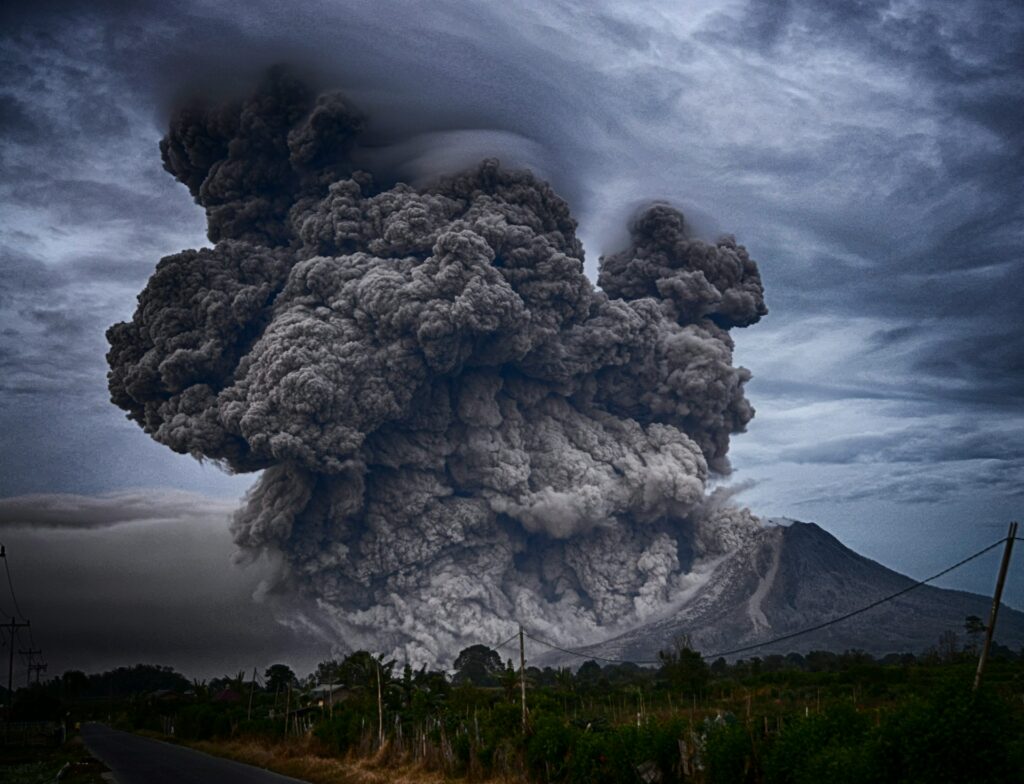
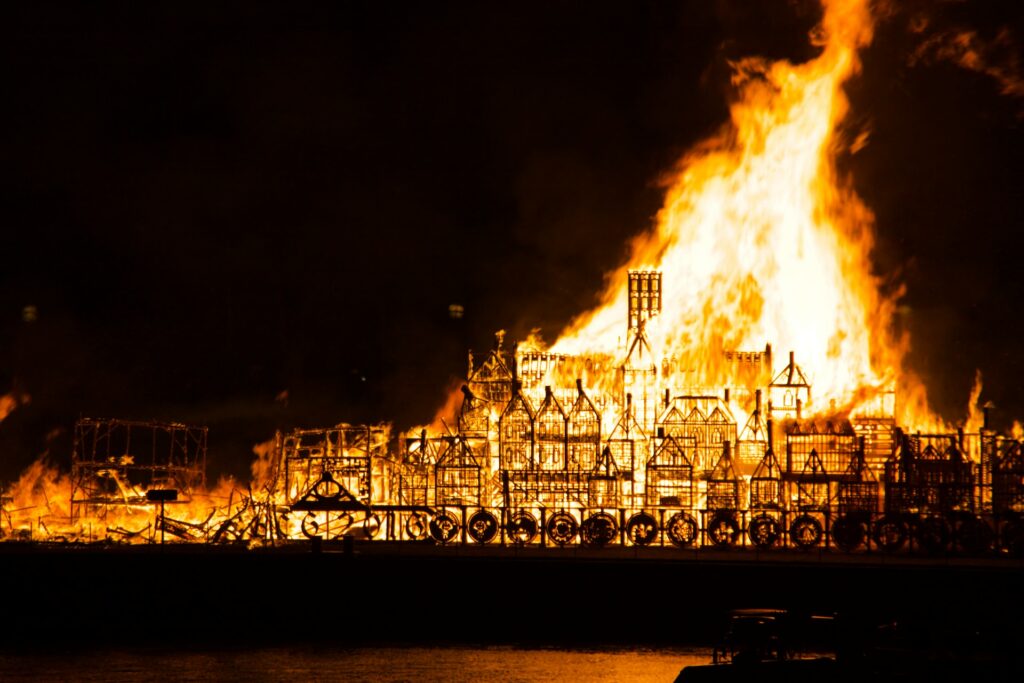
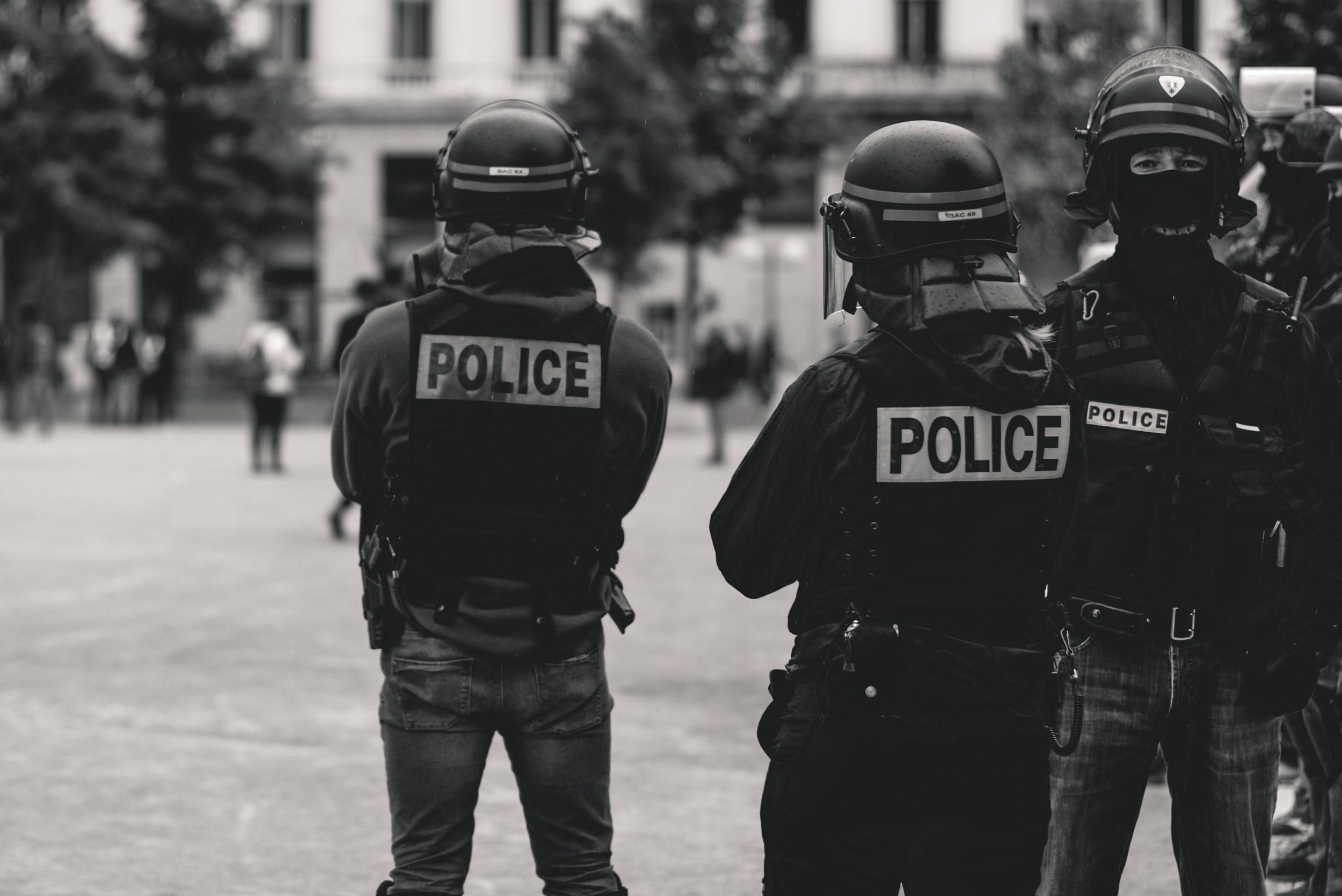
Institutional police racism doesn't exist in the United States. An article by Unz pours through the data to determine truth in light of lies.
A recent article from the Unz Review nails the fake news narrative of “police” racism” in The United States:
The United States is in an uproar over the death of George Floyd at the hands of the Minneapolis police. There have been demonstrations in over 400 US cities, and looting and arson in every major city. Why are so many people in the streets? Because they believe that American society is systematically racist and that the police brutalize and even casually murder black men.
Every year, American police officers have about 370 million contacts with civilians. Most of the time nothing happens, but 12 to 13 million times a year, the police make an arrest. How often does this lead to the death of an unarmed black person? We know the number thanks to a detailed Washington Post database of every killing by the police. What is your guess as to the number of unarmed blacks killed by the police every year? One hundred? Three hundred?
Last year, the figure was nine.
That number is going down, not up. In 2015, police killed 38 unarmed blacks. In 2017, 21. What about white people? Last year, police killed 19 unarmed whites, in addition to the 9 unarmed blacks. We know the number of black and white people arrested every year, so it is possible to make an interesting calculation. The chances of being unarmed, arrested, and then killed by the police are higher for whites than for blacks. For both races, it’s very rare: One out of 292,000 arrests for blacks, and out of 283,000 arrests for whites. This is hardly what we would expect from the way the media report these deaths.
Since 2015, when the Post began tracking these numbers, the police have killed about 1,000 people a year. Every year, about one quarter of them are black. This is about twice their share of the population, which is 13 percent. Is this proof of police racism? No. The more likely explanation is that blacks are more likely than whites to act in violent, aggressive ways that give the police no choice but to shoot them. In 2018, the most recent year for which we have statistics, blacks accounted for 37 percent of all arrests for violent crimes, 54 percent of all arrests for robbery, and 53 percent of arrests for murder. With so many blacks involved in this kind of violent crime, that blacks should account for 25 percent of the people killed by the police seem like a surprisingly low figure.
There is another perspective on police killings of civilians. Every year, criminals kill about 120 to 150 police officers. And we know from this FBI table that every year, on average, about 35 percent of officers are killed by blacks. So, to repeat, blacks are 13 percent of the population and account for 25 percent of the people killed by police. But if police were killing them in proportion to their threatening, violent, criminal behavior, they would be a greater percentage of the people killed by the police.
Some people believe that high arrest rates for blacks for violent crime reflect police racism. They believe that biased police arrest innocent blacks and let guilty whites go, and that is why the black arrest percentages are so high. That’s not plausible. Are we supposed to believe that when police get a report of a white robber or assailant, they don’t bother to try to catch him? Or that when they get a report of a black robber, they go out and arrest an innocent young black? Police are rewarded for making arrests that end in convictions, not for indulging in prejudice.
And there is very strong evidence that refutes the idea of “racist” arrest rates. Every year, the US Bureau of Justice Statistics conducts what is called the National Crime Victimization Survey. This is a survey of a nationally representative sample of no fewer than 160,000 people. They are asked about their experiences as victims of violent crime, and are always asked the race of the attacker. Many of these crimes are not reported to the police, so the numbers in this survey are always greater than the numbers of arrests for the same violent crimes. However — and this is a crucial point — the racial proportions of arrests track the racial proportions of the national survey very closely. For example, every year, the American public says that about half the muggers were black. Therefore, when half the muggers the police arrest are black, police are doing what they are supposed to do: arrest criminals without regard to race.
…
What about bias in the justice system after criminals are arrested? It’s hard to find nation-wide or comprehensive studies on this subject, but in 2017, the city of San Francisco hired independent researchers to look into what happens after an arrest. It’s true that when they are arrested for the same crimes, whites are more likely to have charges dropped, and if convicted, more likely to get lesser sentences. Is this proof of systemic bias? No. It’s because blacks are more likely to have prior convictions, to have an open case against them, to have been out on parole when arrested, etc.
What matter are the characteristics of each case. The report concluded: “For nearly all of the outcomes we study, simple statistical controls for predetermined case characteristics can fully or mostly account for observed disparities, and in some instances they over-explain disparities.” In other words, if you compare identical cases, there is essentially no bias against blacks. The phrase “over-explain disparities” means that in some cases, blacks received more lenient treatment than whites in similar circumstances.
…
Something else that has an important bearing on cases like this is resisting arrest. One of the best ways to turn an arrest for a minor crime into a felony case and — if things go wrong, into front-page news — is to fight the police. Michael Brown, Eric Garner, Philando Castile, and now, George Floyd were all resisting arrest when they died. It is safe to say that if they had followed officer commands, they would not have died.
Are there racial differences in the rates at which suspects resist arrest? Again, comprehensive data are not available, but a study in New York City found that in misdemeanor drug-possession cases, blacks were nearly twice as likely to face an additional charge of resisting arrest. If this is representative of the country as whole, it is yet more evidence that black criminal behavior differs from that of whites not only in frequency of contact with the police, but in the crucially important area of whether they are likely to become violent when arrested for a minor crime.
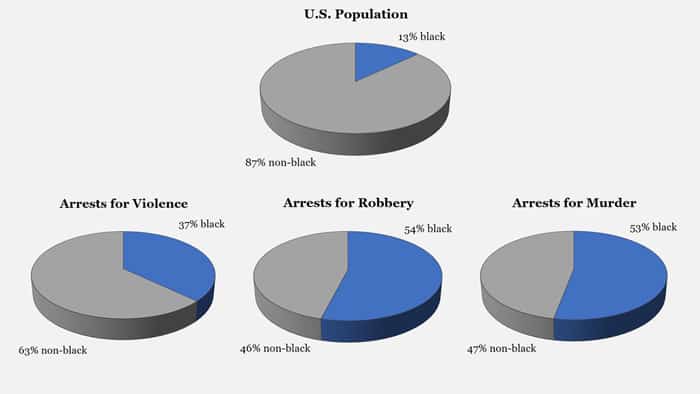
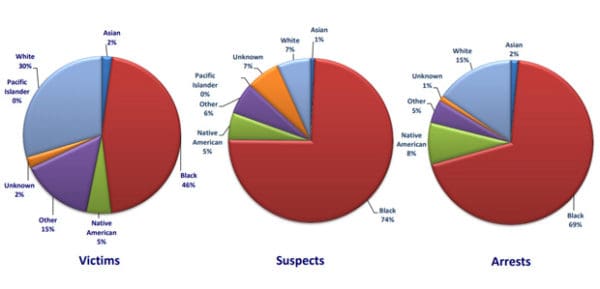
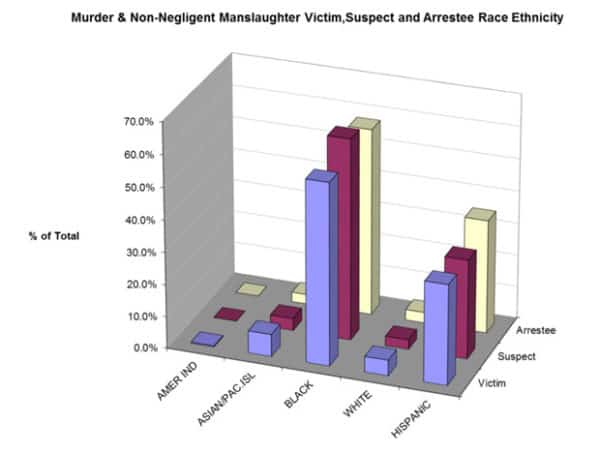
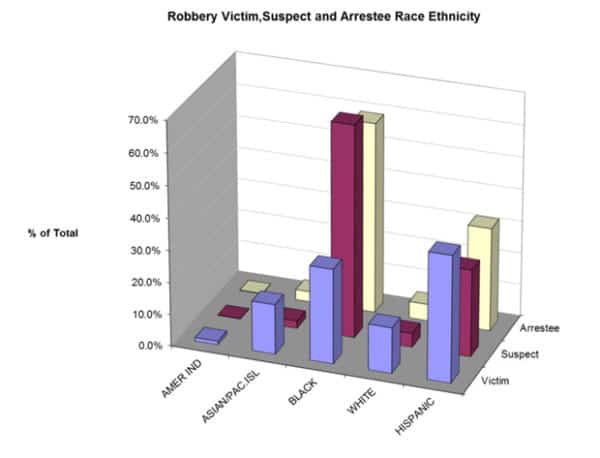
It is an egregious error to argue that systemic, institutionalized racism exists when only 9 unarmed blacks die in police custody in a year within a country of over 330 million individuals.
Especially when every other data point – such as arrest rates, resisting arrest rates, crime rates, and judicial system actions – don’t agree with that narrative either.
In many cases, as the article clearly articulates, the facts actually agree with the inverse of the narrative. To match with the crime rate and resisting arrest rates, blacks are underrepresented as unarmed deaths in police custody. Police are less likely to kill a black than an individual of another race. Probably because they don’t want to become Derek Chauvin 2.0.
But the fact remains: institutional police racism does not exist in the United States.
Sadly, facts aren’t really too important to rioters.
Read Next:
Foreign Nations Have The Most To Gain From American Domestic Unrest
Since COVID Couldn’t Kill Small Business, We Just Set Them On Fire
If you enjoyed this article, bookmark the website and check back often for new content. New articles most weekdays.
You can also keep up with my writing by joining my monthly newsletter.
Help fight the censorship – Share this article!

(Learn More About The Dominion Newsletter Here)